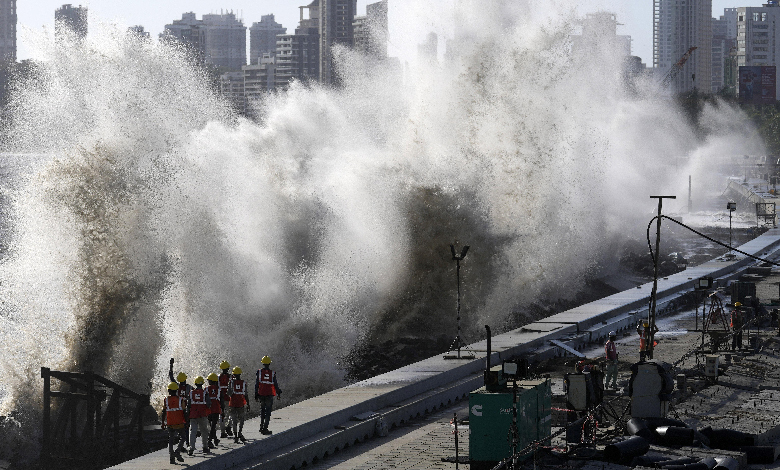Tremors to Floods: Exploring The Top 5 Natural Calamities Of 2023

A natural disaster often causes great damage to life and property. The majority of the global community is still trying to slowly recover from the menace of the COVID-19 pandemic. But climate change-induced disasters continue to make lives of millions miserable.
From devastating earthquakes and serious cloudbursts to deadly wildfires and overwhelming floods, 2023 has exceeded previous years’ statistical records to become a catastrophic year. Let’s look back at the top five natural calamities of this year.
Turkey-Syria Earthquake
A massive 7.8 magnitude quake jolted parts of Turkey and neighbouring Syria in February, leaving as many as 59,259 people dead. Turkey recorded 50,783 fatalities and Syria, 8,476. Meanwhile, at least 164,000 buildings either collapsed or got damaged.
The tremors were felt as far as Egypt and the Black Sea coast of Turkey. There were more than 30,000 aftershocks in the three months that followed. Financial damages have been estimated at $148.8 billion for Turkey and $14.8 billion for Syria, according to the UN.
Joshimath Land Subsidence
Towards the beginning of the year, several residential and commercial buildings in Uttarakhand’s Joshimath developed cracks due to land subsidence, compelling hundreds of residents to relocate from their houses to safe buildings.
The state government had announced relief packages worth crores of rupees for the affected families in the Himalayan state of India. Chief Minister Pushkar Singh Dhami said the package has been released for nearly 3,000 families.
Libya Floods
Storm Daniel made landfall in Libya – troubled by years of violence and political strife – in September, bringing strong winds and heavy rainfall that affected several parts of the country. The flooding killed more than 5,000 people and roughly 10,000 others went missing.
Online images showed mass graves piled with dead bodies. The devastating storm affected essential services, such as health, schooling and drinking water supply, and also substantially damaged critical infrastructure, including roads, bridges and electricity grids.
Sikkim Cloudburst
In early October, South Lhonak Lake in the northeastern Indian state of Sikkim experienced a glacial lake outburst and triggered flash floods due to incessant precipitation in the region. Several people went missing in the floods, including army soldiers.
The natural disaster claimed at least 40 lives, according to an official statement. Thousands of tourists got stranded across the state. It is considered the deadliest flood in the area after the 1968 Sikkim floods, that killed roughly 1,000 people.
Read More: ANZ: Bank’s Climate Change Commitments Questioned During Brisbane Meeting
Hawaii Wildfire
Several strong wildfires broke out in the US state of Hawaii in the beginning of August, mostly on the island of Maui. The disaster prompted massive evacuations and inflicted extensive damage, killing at least 100 people and leaving many others missing.
The spread of the wildfires was attributed to dry, gusty conditions created by a strong high-pressure area north of Hawaii and Hurricane Dora to the south. US President Joe Biden declared a federal catastrophic disaster on August 10.



